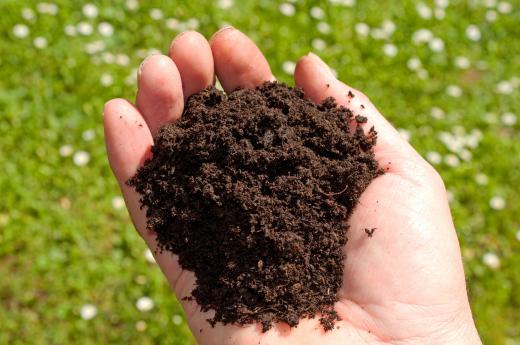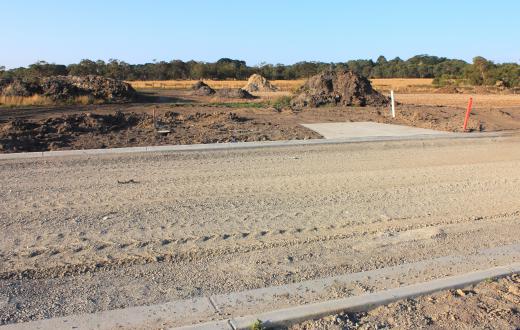What is a Soil Map?
A soil map is a tool used to identify the distribution of soil types in a particular geographic region. To create a map, soil scientists first conduct a detailed survey of an area, classifying soil according to a standardized system and recording the location of each type. The survey findings are mapped out on a background, such as an aerial photograph, that shows the area's topography and geographic boundaries. Soil maps and other survey data are then used to determine appropriate land use and management for the area.
Soil maps have many practical uses. In agriculture, they are used in crop selection. A rancher may look at a soil map when deciding what types of animals to raise. Engineers, developers, and urban planners analyze maps before selecting sites for municipal buildings, airports, and residential, educational, and recreational facilities. A soil map helps environmentalists plan strategies for conserving natural resources.

The level of detail in a soil map depends on the amount of information obtained from the soil survey. For example, a soil map from a highly detailed survey provides a variety of information about the soil in a relatively small area, such as a single field or tract of land. The scale of the map is large enough to show specific features of the defined area, including color and composition. Detailed soil maps are always prepared using findings from scientific field research.

In addition to detailed soil maps, two other types of soil maps are available: generalized maps and schematic maps. A generalized soil map is used to get a broad picture of soils in a region and is created by combining data from existing maps. Generalized maps compare the soils in different parts of a large geographic area, such as a county or other administrative region. The information obtained from this kind of soil map may be used for zoning purposes or to assess whether an area is suitable for development and/or agricultural use.
A schematic soil map collects information about an unexplored or undeveloped area from several different sources and is not intended to define all the soil types or geographic boundaries. Instead, this type of map is used to identify areas where it might be desirable to conduct a soil survey in the future. To create schematic soil maps, scientists gather information about a region's climate, topography, and biological factors such as plant growth. Using this information, they make predictions about the types of soil likely to exist in the region.
In the United States, the creation of soil maps is generally a collaboration between the US Department of Agriculture's National Resources Conservation Service (NRCS) and individual state agencies. The NRCS has soil maps for nearly all counties in the United States. They are typically available through regional offices of the NRCS, which are located nationwide.
AS FEATURED ON:
AS FEATURED ON:












Discuss this Article
Post your comments